How One Amazing Woman’s Mindset Reshaped Documentary Ethics and Global Awareness
Jane Goodall From Gombe to Global Screens — The Emotional Architecture of Goodall’s Influence
Jane Goodall
Jane Goodall’s influence on the film and documentary industry is rooted not only in her groundbreaking research but also in the psychological framework she brought to storytelling. Her work with chimpanzees in Gombe Stream National Park introduced a new model of observation—one that emphasized patience, emotional connection, and ethical presence. This approach reshaped how filmmakers portray animals, ecosystems, and human relationships with nature. Goodall’s psychological traits, including resilience, empathy, and symbolic clarity, have become guiding principles for documentary creators seeking authenticity. Her presence in film is not passive, it actively informs narrative structure, ethical standards, and audience engagement.
Documentaries inspired by her work often adopt her observational style, allowing subjects to unfold naturally without manipulation. This method encourages viewers to form emotional bonds with the subjects, fostering deeper understanding and compassion. Goodall’s mindset has influenced not only wildlife films but also broader genres that explore climate change, indigenous knowledge, and youth activism. Her psychological legacy continues to shape how stories are told, urging filmmakers to prioritize truth, dignity, and emotional resonance.
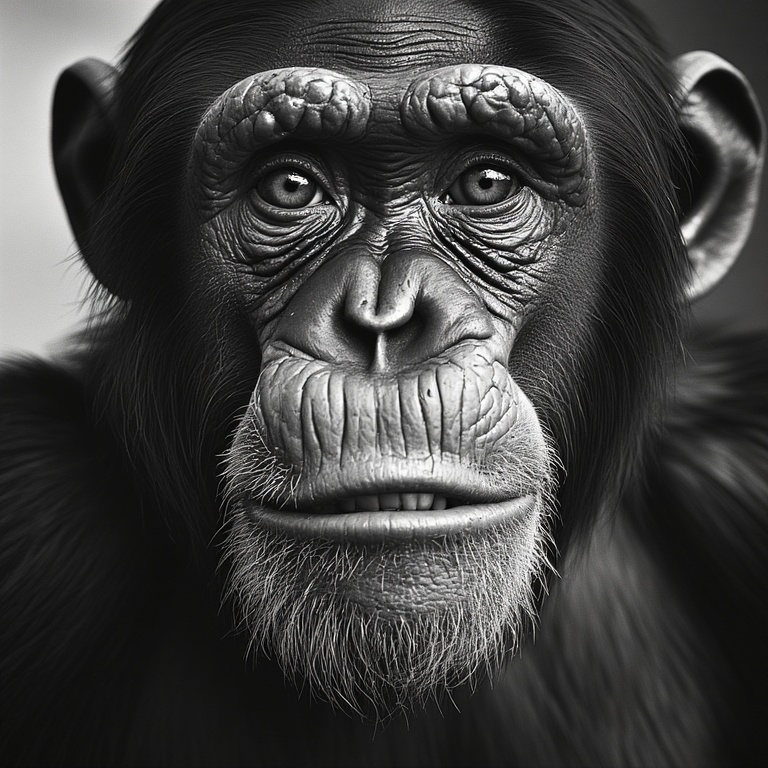
Empathy as Cinematic Foundation
Jane Goodall’s approach to primatology was revolutionary because it centered on empathy. Rather than treating chimpanzees as mere data points, she recognized them as individuals with distinct personalities and emotional lives. This perspective challenged the norms of scientific observation and introduced a more humane lens to wildlife research. Filmmakers quickly adopted this empathetic framework, shifting away from detached narration toward emotionally engaging storytelling.
Documentaries began to feature animals as sentient beings, capable of joy, grief, and complex social interactions. Goodall’s method of naming chimpanzees and describing their behaviors in human terms helped audiences relate to them on a personal level. This emotional connection became a powerful tool in conservation messaging, making viewers more likely to support protective efforts. Her influence encouraged directors to slow down their pacing, allowing natural behaviors to unfold without interference.
Music, voiceover, and cinematography were adapted to reflect the emotional tone of the subjects rather than imposing external drama. Empathy became a central narrative device, shaping how stories were structured and received. Goodall’s psychological emphasis on compassion and respect laid the groundwork for a new genre of ethical filmmaking. Today, her legacy continues to inspire creators to approach storytelling with sensitivity and depth.
Observational Patience as Narrative Structure
Jane Goodall’s psychological discipline was built on long-term observation without interference. She spent months in the Gombe forest before chimpanzees accepted her presence, demonstrating a level of patience rarely seen in scientific or cinematic practice. This commitment to non-invasive observation influenced how documentaries began to structure their narratives.
Rather than rushing to dramatic conclusions, filmmakers started allowing stories to unfold organically. Goodall’s method showed that truth emerges slowly, and that waiting is often more powerful than scripting. Her influence encouraged directors to prioritize authenticity over spectacle, leading to a new genre of slow cinema in nature documentaries. The pacing of films like “Jane” by Brett Morgen reflects this ethos, using archival footage to build emotional depth over time. Goodall’s psychological patience also inspired filmmakers to spend extended periods with subjects, building trust and capturing genuine behavior. This approach has become a gold standard in wildlife and ethnographic filmmaking. By modeling observational integrity, Goodall redefined how time and trust function in visual storytelling.
Naming and Identity in Wildlife Narratives
One of Jane Goodall’s most controversial yet transformative practices was naming the chimpanzees she studied. In the scientific community of the 1960s, this was considered unorthodox, as it implied emotional bias. However, Goodall believed that naming was essential to recognizing individuality and fostering empathy. This psychological insight changed how animals were portrayed in documentaries. Filmmakers began to use names and personal stories to deepen audience connection with animal subjects.
The use of names allowed viewers to follow emotional arcs, creating a sense of narrative continuity. Goodall’s approach helped dismantle the idea that animals are interchangeable or devoid of personality. Documentaries like “Chimpanzee” and “The Life of Mammals” adopted this technique, giving animals narrative roles similar to human characters. This shift in identity recognition also influenced conservation messaging, making it more personal and emotionally compelling. Goodall’s psychological insistence on individuality reshaped the ethics of representation in wildlife media. Today, naming is a standard practice in animal-focused documentaries, thanks to her pioneering vision.
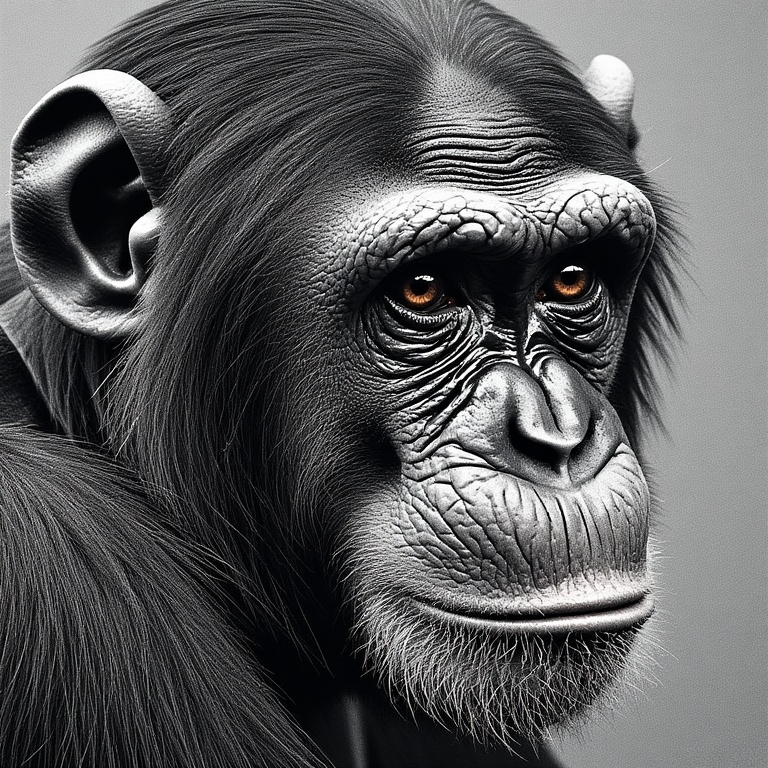
Emotional Intelligence in Voice and Tone
Jane Goodall’s public speaking and narration style reflect a high degree of emotional intelligence. Her tone is calm, deliberate, and emotionally resonant, often conveying deep respect for her subjects. This vocal style has influenced how documentaries are narrated, moving away from authoritative detachment toward empathetic engagement. Goodall’s psychological presence in voiceovers adds a layer of sincerity that enhances viewer trust.
Filmmakers have adopted similar tones to create intimacy and emotional depth in storytelling. Her influence is evident in the narration of films like “The Serengeti Rules” and “Virunga,” where voice becomes a conduit for compassion. Emotional intelligence also guides how music and sound design are used in documentaries inspired by her work. Rather than dramatic crescendos, these films often employ subtle, ambient scores that mirror the emotional landscape of the subjects. Goodall’s psychological clarity has helped redefine the role of voice in documentary filmmaking. Her legacy encourages creators to speak not just with authority, but with empathy and emotional nuance.
Symbolic Clarity in Visual Framing
Jane Goodall’s psychological orientation toward symbolic meaning has deeply influenced how filmmakers frame their visuals. Her work emphasized the importance of context—every gesture, glance, and interaction carried emotional and ecological significance. This perspective encouraged cinematographers to move beyond spectacle and focus on subtle, meaningful moments. In documentaries inspired by Goodall, framing often highlights relationships rather than isolation, showing animals in social and environmental context.
Wide shots are used to convey habitat integrity, while close-ups capture emotional nuance. Her influence led to a shift from anthropocentric framing to biocentric storytelling, where the environment is treated as a co-narrator. Symbolic clarity also appears in the use of natural light, organic movement, and unforced composition. These choices reflect Goodall’s belief that truth emerges from respectful observation, not manipulation. Filmmakers began to use visual metaphors—such as forest canopy transitions or eye contact sequences—to evoke psychological depth. Goodall’s legacy in visual framing continues to guide ethical and emotionally resonant cinematography across genres.
Ethics of Presence and Non-Intrusion
Goodall’s psychological commitment to non-intrusion has become a cornerstone of ethical filmmaking. She spent years earning the trust of chimpanzees, never forcing interaction or disrupting natural behavior. This principle has influenced how filmmakers approach subjects, especially in wildlife and indigenous documentaries. The idea is simple but profound, presence must be earned, not imposed.
Directors now prioritize minimal interference, using long lenses, natural soundscapes, and unobtrusive crews. Goodall’s model discourages artificial staging, instead favoring authenticity and consent. Her influence extends to human subjects as well, encouraging filmmakers to build relationships before filming. This approach fosters trust and results in more genuine, emotionally rich content. Ethical presence also includes respecting boundaries—knowing when not to film is as important as knowing when to capture. Goodall’s psychological stance has helped redefine the filmmaker’s role from observer to respectful witness. Today, non-intrusion is considered best practice in many documentary disciplines, thanks to her pioneering example.
Youth Engagement Through Film
Jane Goodall’s psychological focus on hope and empowerment has made her a powerful figure in youth-oriented media. She founded Roots & Shoots in 1991, a global program that encourages young people to take action for animals, people, and the environment.
This initiative has inspired a wave of youth-focused documentaries and educational films. Goodall’s presence in these projects is often symbolic—she represents wisdom, resilience, and the belief that change is possible. Her psychological emphasis on listening and mentoring has shaped how youth are portrayed in film.
Rather than passive recipients, young people are shown as active agents of change. Documentaries now highlight youth-led conservation, activism, and innovation, often using Goodall’s framework of empathy and action. Her influence encourages filmmakers to include youth voices, not just as subjects but as collaborators. Emotional resonance is key—films aim to inspire rather than instruct. Goodall’s legacy in youth engagement has helped create a new genre of hopeful, action-driven storytelling. These films continue to motivate young audiences to see themselves as part of a global solution.
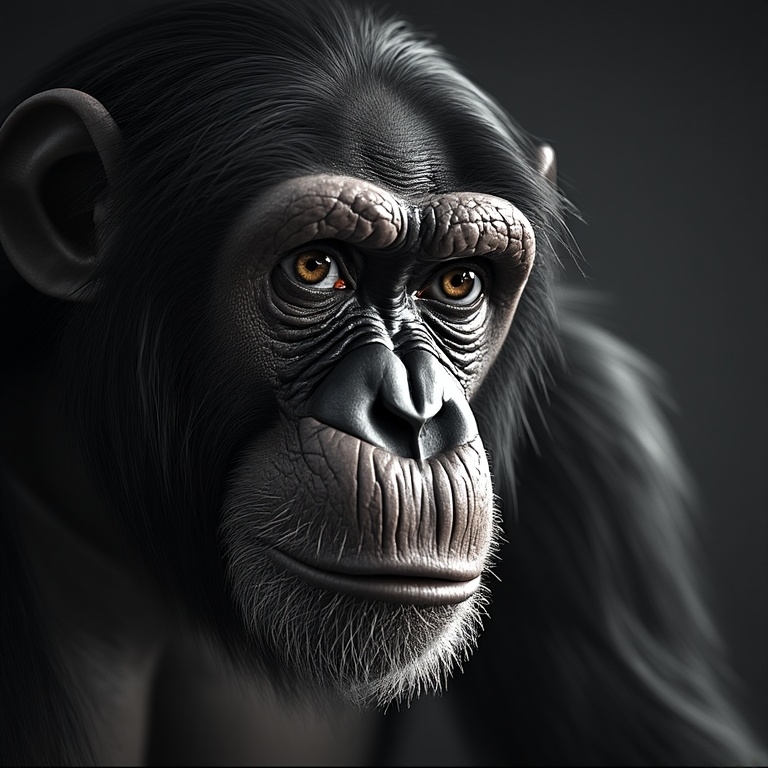
Cross-Cultural Resonance and Indigenous Respect
Goodall’s psychological sensitivity to cultural context has influenced how filmmakers engage with indigenous communities. She has consistently emphasized the importance of listening, learning, and respecting traditional knowledge. This approach has reshaped documentary ethics, encouraging co-creation rather than extraction. Filmmakers now seek consent, collaboration, and cultural accuracy when working with indigenous subjects. Goodall’s influence is evident in films that highlight indigenous conservation practices, spiritual relationships with nature, and ancestral wisdom. Her psychological framework promotes humility and reciprocity, values that guide respectful storytelling.
Visual language in these films often reflects indigenous cosmologies, using symbols, rituals, and landscapes with care. Goodall’s legacy encourages filmmakers to avoid stereotypes and instead portray complexity and dignity. Her work has helped bridge scientific and indigenous perspectives, showing that both offer valuable insights. Documentaries inspired by her mindset often include indigenous narration, music, and storytelling techniques. This cross-cultural resonance enriches the narrative and fosters global understanding. Goodall’s psychological clarity continues to elevate indigenous voices in environmental media.
Trauma, Healing, and Emotional Continuity
Jane Goodall’s psychological resilience has made her a symbol of healing in the face of ecological and emotional trauma. Her life story includes personal loss, professional isolation, and witnessing environmental destruction. Yet she consistently channels these experiences into hope and action. This emotional continuity has influenced how trauma is portrayed in documentaries. Rather than sensationalizing suffering, filmmakers inspired by Goodall focus on recovery, resilience, and transformation. Her presence in films often marks a turning point—where despair gives way to possibility. Emotional arcs are structured to reflect healing journeys, using pacing, music, and narrative to guide viewers through complex feelings.
Goodall’s psychological depth encourages filmmakers to treat trauma with sensitivity and respect. Her influence is seen in films about displaced communities, endangered species, and climate grief. These stories often include moments of reflection, ritual, and renewal, echoing Goodall’s own emotional process. By modeling emotional continuity, she has helped create a genre of documentaries that offer catharsis and hope. Her legacy in this area continues to shape how filmmakers approach difficult subjects with compassion and clarity.
Activism as Narrative Arc
Jane Goodall’s psychological orientation toward action has transformed how activism is portrayed in film. Her belief that knowledge must lead to change has influenced documentaries to adopt narrative arcs that move from awareness to engagement. Rather than ending with despair, films inspired by Goodall often conclude with calls to action, community mobilization, or personal transformation.
This structure mirrors her own journey—from researcher to global advocate. Goodall’s presence in documentaries often marks a shift in tone, where scientific observation gives way to moral urgency. Her psychological clarity encourages filmmakers to frame activism not as confrontation, but as compassionate resistance. Documentaries now highlight grassroots movements, youth-led initiatives, and cross-cultural alliances, reflecting her inclusive approach. The narrative arc becomes a psychological journey, guiding viewers from empathy to empowerment. Goodall’s influence ensures that activism is portrayed with dignity, avoiding sensationalism or guilt-based messaging. Her legacy has helped shape a genre of documentaries that inspire sustainable, emotionally intelligent action.
Legacy in Cinematic Education
Jane Goodall’s psychological impact extends into educational filmmaking, where her methods have become foundational. Her emphasis on storytelling, emotional engagement, and ethical clarity has influenced how science and conservation are taught through film. Educational documentaries now prioritize narrative flow, character development, and emotional resonance, rather than dry exposition. Goodall’s own lectures and media appearances model this approach, blending facts with personal anecdotes and symbolic meaning. Her influence is evident in classroom films, museum installations, and online learning platforms.
These resources often use her voice, imagery, and psychological framework to connect with students. Goodall’s legacy encourages educators to treat film not just as a tool, but as a relational medium. Emotional intelligence becomes central to pedagogy, helping learners internalize complex concepts. Her work has inspired a generation of filmmakers to create content that is both informative and emotionally transformative. Educational cinema now reflects her belief that learning should lead to empathy, curiosity, and ethical action. Goodall’s psychological clarity continues to shape how knowledge is shared across visual platforms.
Collaborative Storytelling Models
Jane Goodall’s psychological emphasis on listening and co-creation has influenced collaborative storytelling in film. She often credits her team, local guides, and indigenous communities for shaping her understanding of chimpanzees and ecosystems. This humility has inspired filmmakers to adopt participatory models, where subjects are treated as co-authors rather than passive objects. Documentaries now include community input in scripting, editing, and distribution, reflecting Goodall’s relational ethics. Her influence encourages transparency, consent, and shared ownership of stories.
Collaborative models also extend to interdisciplinary partnerships, blending science, art, and activism. Goodall’s psychological framework supports this integration, valuing diverse perspectives and emotional depth. Filmmakers now work with educators, ecologists, and cultural leaders to build layered narratives. These projects often include behind-the-scenes footage, interviews, and reflective commentary, honoring the process as much as the product. Goodall’s legacy promotes storytelling as a communal act, rooted in trust and mutual respect. Her psychological clarity has helped redefine authorship in documentary filmmaking, making it more inclusive and emotionally intelligent.
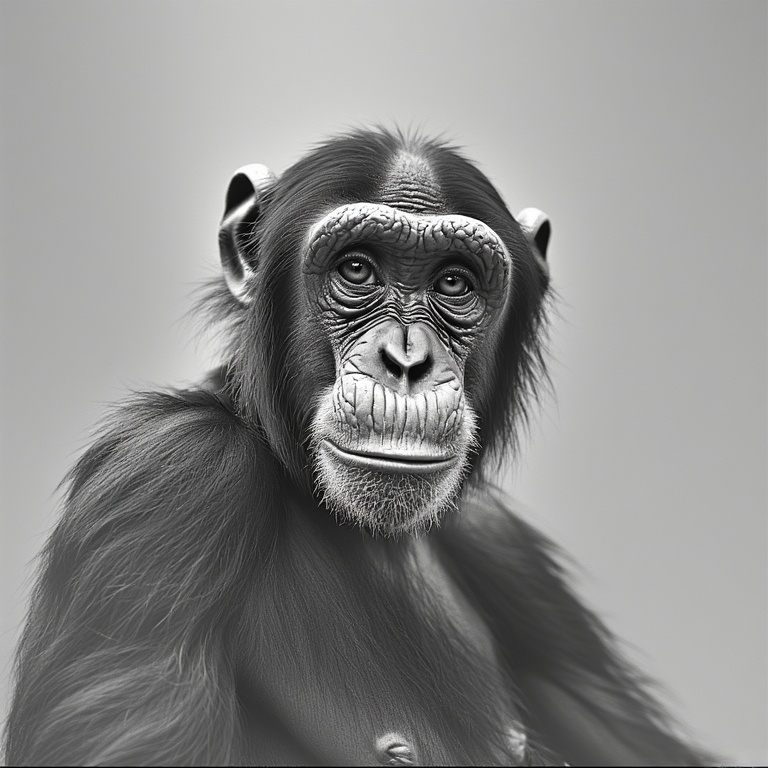
Global Impact Through Symbolic Media
Jane Goodall’s psychological resonance has made her a global symbol of ethical storytelling. Her image, voice, and philosophy appear in films across continents, languages, and genres. This symbolic presence carries emotional weight, often signaling authenticity, hope, and ecological integrity. Goodall’s influence extends to animated films, short-form media, and social campaigns, where her ethos is distilled into visual metaphors. Her psychological clarity allows her message to transcend cultural boundaries, connecting with diverse audiences. Filmmakers use her legacy to anchor narratives in compassion and truth, even when she is not physically present.
Her symbolic media impact includes murals, soundscapes, and interactive exhibits, all inspired by her emotional and ethical framework. Goodall’s global reach is not just a result of fame—it is a reflection of her psychological depth and narrative consistency. Her presence in media often elevates the emotional tone, guiding viewers toward reflection and action. This symbolic clarity continues to shape how environmental and humanitarian stories are told worldwide. Goodall’s legacy in global media is a testament to the power of emotionally intelligent storytelling.
Archival Footage as Emotional Memory
Jane Goodall’s psychological emphasis on memory and continuity has influenced how archival footage is used in documentaries. Her early work with National Geographic created a visual archive that filmmakers now treat as emotional history.
These clips are not just records—they are memory fragments that evoke trust, nostalgia, and symbolic depth. Goodall’s presence in archival footage often marks a moment of transformation, such as her first contact with chimpanzees or her reflections on ecological change. Filmmakers use these sequences to build emotional arcs, connecting past and present through visual storytelling. Her psychological clarity encourages respectful editing, where footage is contextualized rather than exploited.
Documentaries like “Jane” by Brett Morgen reframe archival material as emotional narrative, not just historical evidence. Goodall’s legacy has helped elevate archival footage into a tool for emotional resonance and ethical reflection. This approach has influenced how other historical figures are portrayed in film, emphasizing continuity and emotional truth. Her impact ensures that memory remains a living, relational force in documentary cinema.
Gender and Representation in Nature Films
Jane Goodall’s psychological resilience and visibility as a woman in science have reshaped gender representation in nature documentaries. At a time when field research was dominated by men, Goodall’s presence challenged stereotypes and expanded narrative possibilities. Her story became a symbol of perseverance, emotional intelligence, and ethical leadership. Filmmakers began to include more female voices, both behind and in front of the camera, inspired by her example.
Documentaries now explore gender dynamics in conservation, often highlighting women-led initiatives and indigenous matriarchal systems. Goodall’s influence encourages nuanced portrayals of women—not just as caregivers, but as scientists, strategists, and storytellers. Her psychological clarity supports narratives that balance strength and vulnerability, intellect and emotion. This shift has led to more inclusive casting, scripting, and production design in environmental media. Goodall’s legacy continues to inspire female filmmakers and researchers to claim space in visual storytelling. Her impact on gender representation is both symbolic and structural, helping redefine who gets to speak in nature films.
Soundscapes and Emotional Atmosphere
Jane Goodall’s psychological sensitivity to environment has influenced how sound is used in documentaries. Her fieldwork emphasized listening—not just to chimpanzees, but to the forest itself. This attentiveness has inspired filmmakers to treat sound as a narrative element, not just background. Documentaries influenced by Goodall often feature ambient soundscapes, including bird calls, rustling leaves, and distant vocalizations. These choices create emotional atmosphere, grounding viewers in the sensory reality of the subject. Goodall’s legacy encourages sound designers to prioritize authenticity over dramatization. Her psychological clarity supports the use of silence as a storytelling tool, allowing space for reflection and emotional depth.
Films like “The Wild One” and “The Elephant Queen” use sound to evoke empathy and ecological connection. Goodall’s influence has helped elevate sound design into a central component of ethical storytelling. Her approach reminds filmmakers that listening is as important as seeing. Today, soundscapes shaped by her ethos continue to deepen emotional engagement in nature documentaries.
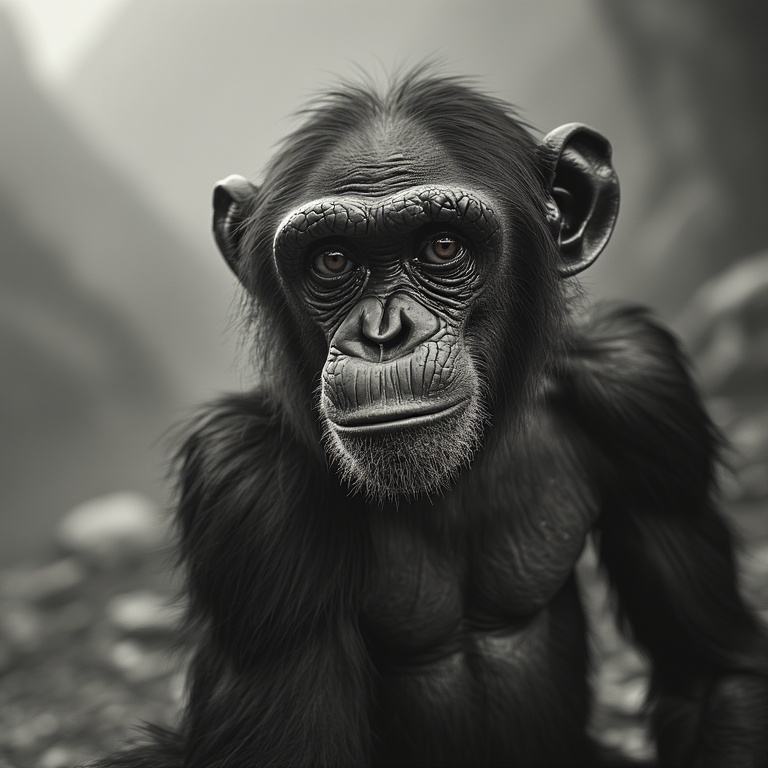
Jane Goodall’s Contributions to Film and Documentary Media
| Year | Title / Initiative | Contribution to Film and Documentary Media |
|---|---|---|
| 1963 | National Geographic Feature | Introduced Goodall’s work to a global audience through visual storytelling and photojournalism. |
| 1965 | “Miss Goodall and the Wild Chimpanzees” | First major documentary showcasing her fieldwork, produced by National Geographic and narrated by Orson Welles. |
| 1971 | “In the Shadow of Man” | Published book that became a narrative template for future documentaries focused on emotional storytelling and animal individuality. |
| 1977 | Jane Goodall Institute | Founded to support conservation and media outreach, enabling ethical documentary production and educational content. |
| 1986 | “Understanding Chimpanzees” Conference | Marked her shift from research to activism, influencing the tone and purpose of future documentaries featuring her. |
| 1990s | Roots & Shoots Expansion | Youth-led environmental program featured in educational films and school-based documentaries worldwide. |
| 2010 | “Jane’s Journey” | Full-length documentary chronicling her life, activism, and psychological depth across continents. |
| 2017 | “Jane” by Brett Morgen | Critically acclaimed documentary using archival footage to explore her early years and emotional connection with chimpanzees. |
| 2020–2025 | Symbolic Media Presence | Her image, voice, and ethos featured in animations, short films, museum installations, and global campaigns promoting ethical storytelling. |
Intergenerational Storytelling and Legacy
Jane Goodall’s psychological focus on legacy has shaped how intergenerational narratives are constructed in film. Her work spans decades, creating a continuum that filmmakers use to explore change, memory, and hope. Documentaries often feature her interactions with young activists, students, and future scientists, reflecting her commitment to mentorship. This structure allows stories to bridge past and future, showing how values and knowledge are passed on.
Goodall’s influence encourages filmmakers to include multiple generations in their narratives, highlighting continuity and transformation. Her psychological clarity supports storytelling that honors elders while empowering youth. Films like “Jane’s Journey” and “Hope in Action” use this model to explore emotional inheritance and ethical evolution. Intergenerational storytelling also reflects ecological cycles, reinforcing themes of regeneration and resilience. Goodall’s legacy ensures that documentaries are not just about individuals, but about communities and timelines. Her impact continues to guide filmmakers in crafting stories that honor the past while inspiring the future.
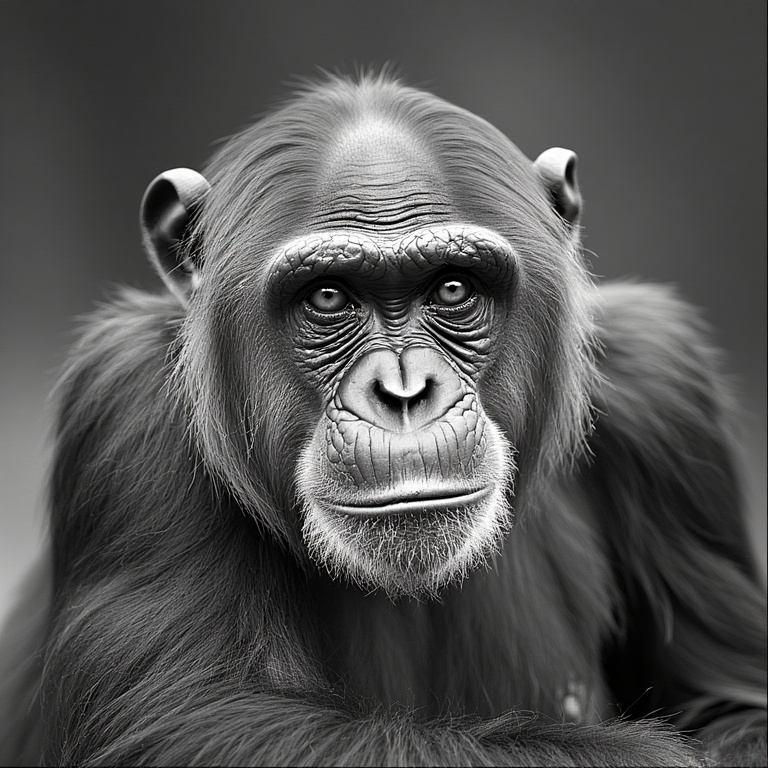
Symbolic Rituals and Cinematic Closure
Jane Goodall’s psychological depth includes a reverence for ritual, which has influenced how documentaries conclude their narratives. Her reflections often include symbolic gestures—planting trees, releasing rehabilitated animals, or sharing quiet moments in nature. Filmmakers use these rituals to create emotional closure, signaling transformation and continuity. These scenes are not just endings—they are transitions, inviting viewers into ongoing relationship with the subject. Goodall’s influence encourages directors to end films with symbolic clarity rather than dramatic finality.
Rituals like lighting candles, sharing meals, or revisiting sacred spaces echo her psychological emphasis on connection. Documentaries shaped by her ethos often conclude with quiet, reflective sequences that honor the emotional journey. These choices reinforce the idea that storytelling is cyclical, not linear. Goodall’s legacy supports endings that feel like beginnings, inviting action and reflection. Her psychological clarity ensures that cinematic closure is both emotional and ethical. Today, symbolic rituals inspired by her work continue to guide how documentaries end with resonance and purpose.
Conclusion
Jane Goodall’s psychological legacy in film is not confined to her appearances—it is embedded in the ethics, structure, and emotional tone of modern documentaries. Her approach to observation, empathy, and symbolic clarity has reshaped how stories are told across genres. Filmmakers inspired by her work prioritize authenticity, emotional depth, and ethical presence. Goodall’s influence extends to youth engagement, indigenous representation, trauma healing, and global activism. Her psychological clarity offers a blueprint for storytelling that is both scientifically rigorous and emotionally resonant. Documentaries shaped by her ethos do more than inform—they transform.
They invite viewers into a relationship with the subject, fostering empathy and action. Goodall’s legacy continues to evolve, guiding new generations of storytellers toward ethical and inclusive media. Her impact on the film industry is profound, enduring, and deeply human. Through her psychological lens, cinema becomes a tool for healing, connection, and global change.
Join the Discussion
How has Jane Goodall’s psychological approach influenced your view of storytelling, activism, or nature?
#JaneGoodallLegacy #EthicalStorytelling #DocumentaryPsychology #EmpathyInFilm #SymbolicMedia #WildlifeNarratives #YouthInAction #IndigenousRespect #TraumaHealingCinema #GlobalActivismFilm #EmotionalIntelligence #SlowCinemaEthics #CollaborativeDocumentary #CinematicEducation #HopeThroughStory
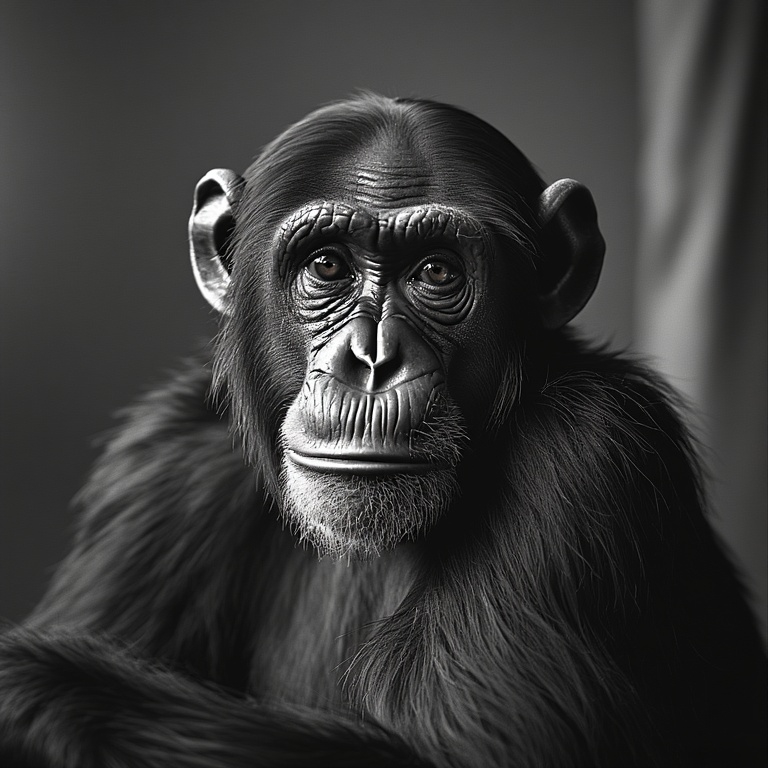




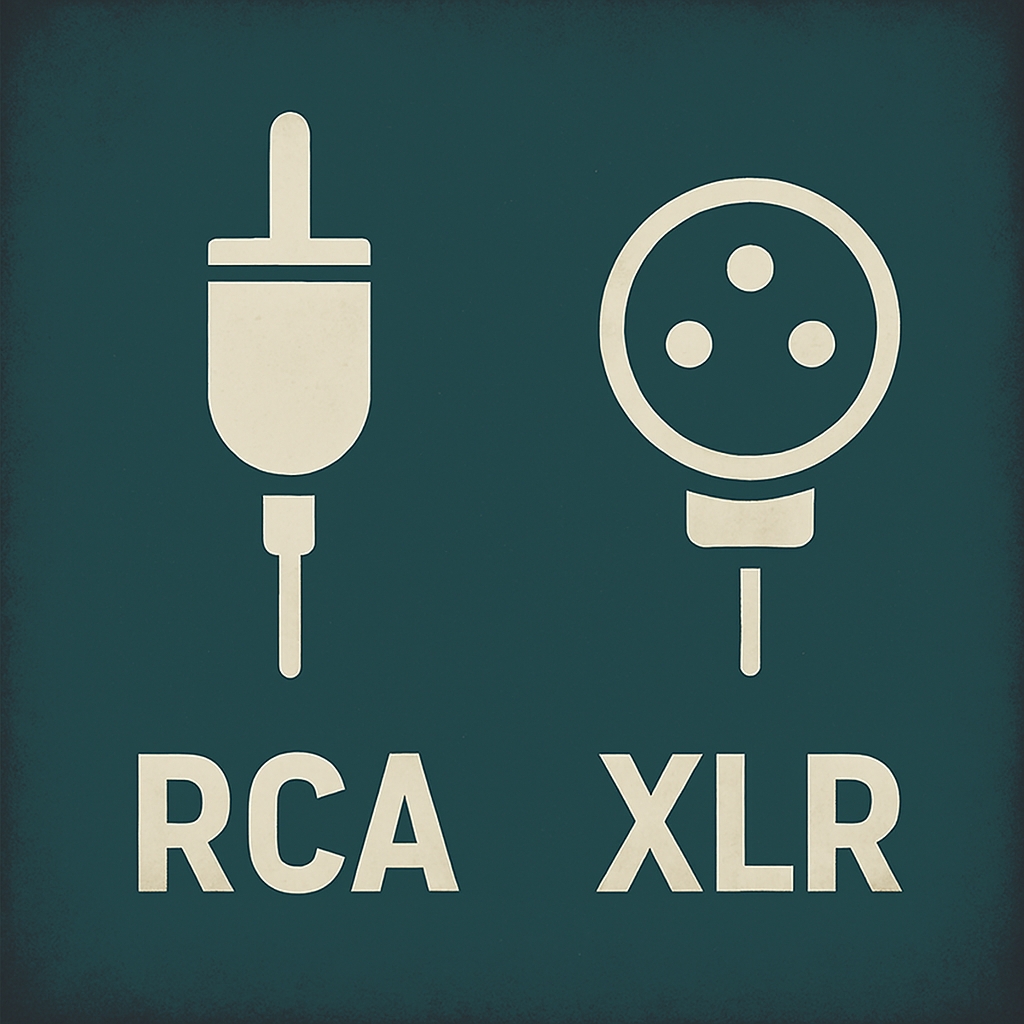


WHY PSYCHOLOGICAL CHANGE IS SO COMPLICATED
[…] The amygdala, in particular, activates fear responses that discourage exploration. Predictable routines release dopamine, reinforcing the appeal of sameness and discouraging deviation. The prefrontal cortex, responsible for decision-making and impulse control, becomes fatigued under emotional stress. Cortisol, the stress hormone, impairs memory formation and learning during periods of transition. […]